Sweltering Stadiums at the 2025 FIFA Club World Cup: A Rising Concern
This year’s FIFA Club World Cup 2025, hosted in the United States, was marked by extreme and dangerous humidity and heat. Krazy Kool Tech projected stadium heat indices data tables for different surface materials, indicating that a temperature of 86°F (30°C), with humidity of 70%, stadium turf and grass would result in field heat indices of 111°F (44°C) for turf and 86°F (30°C) for grass. What is very concerning is that estimated heat index temperatures in the stands could reach dangerous highs of 160°F (71°C) in turf stadiums and 95°F (35°C) in grass stadiums. Organizers should not be alarmed that players, fans, and staff in cities like Florida, New Jersey, Tennessee, and Washington, DC are publicly voicing alarming concerns and visibly displaying signs of heat stress, prompting widespread media coverage and public concern.
These headlines underscore a critical issue: Professional Sports Must Adapt to Extreme Heat!

The Science of Heat Stress in Athletes and Fans
Heat stress occurs when the body absorbs more heat than it can dissipate, leading to fatigue, dehydration, heat stress, heat exhaustion, and potentially heatstroke (CDC, 2023). Athletes are particularly at risk due to sustained physical exertion, but spectators in packed, sun-exposed stadiums can also face significant danger (WMO, 2023).
Key physiological impacts include:
- Elevated core body temperature can stress the body’s cooling system. Many players seemed to be sluggish and walking instead of running. The Guardian reported that multiple players requested extra hydration breaks during matches.
- Impaired neuromuscular function and the central nervous system - BBC Sport noted complaints about “dangerously hot turf conditions.
- Increased risk of cardiac events - ESPN highlighted a surge in medical interventions for fans due to heat-related symptoms. Even a 2°F (1°C) increase in core temperature can reduce athletic performance by up to 10% (Casa et al., 2010, Journal of Athletic Training).
Krazy Kool Tech: Revolutionized Cooling for Modern Sports
To address this growing issue, Krazy Kool Technology™ has developed a scientifically backed cold therapy system that cools the body safely and effectively:
- Cold therapy that boosts and supports the body’s natural heat exchange zones (cooling system) by targeting major arteries and veins near the skin surface, neck, chest, underarms, back, groin, and upper thighs to safely and effectively stabilize core body temperatures. Scandinavian Journal of Medicine & Science in Sports (2020): Athletes using core zone cooling systems had 25% better thermal comfort and 19% more endurance in high-heat conditions.
- The Most Advanced Cold Therapy System - super cold refrigerant, phase change material, cooling gel, reflective thermal outer layer, (Continuous Cold Therapy Ratings: 4-6 hours, as hydration alone cannot cool core temperatures in extreme heat. (Cheuvront, S. N., Kenefick, R. W. 2014).
- Dehydration: Physiology, assessment, and performance effects. Conclusion: “Fluid replacement does not reduce core temperature once body heat storage is high; environmental or external cooling is needed.”
- Revolutionized Cool Technology: Ambient and Radiant Cold Therapy Technology; UV Heat Block Technology; Hyper-Evaporative Cooling Technology.
-
Innovative Materials: Hyper-Evaporative, heat-resistant, wearable, comfortable, and hyper-allergenic. Reduces solar radiation by over 70% when used with heat reflective material. (Textile Research Journal, 2022)
- "ON THE GO, ALL-DAY" HEAT SOLUTION: HEAT RELIEF, PREVENTION, AND PROTECTION. A Portable, versatile, and indispensable system suitable for athletes, coaches, and fans can be taken anywhere and is available at all times.
This targeted cooling approach aligns with recommendations by the National Athletic Trainers' Association (NATA) for pre-cooling and in-event cooling to prevent heat illness (NATA Position Statement, 2015).
Backed by Science
A 2022 study in Extreme Physiology & Medicine found that cooling the neck and thighs reduced core temperature 2.1x faster than using cooling towels or ice packs alone. Our technology supports:
- Faster body core temperature reduction
- The most effective and safest way of lowering core blood and body temperature
- Reduced risk of heat exhaustion
- Better athletic performance and endurance in hot environments by lowering thermal stress
According to studies published in Temperature: Multidisciplinary Biomedical Journal (2019), applying cold packs to the neck and upper torso can reduce thermal strain and enhance comfort in hot settings.
A Safer Future for Global Events
As the climate warms, future World Cups, Olympics, and outdoor tournaments must consider environmental safety. Krazy Kool Tech is proud to be part of that solution—combining thermal science, wearable innovation, and a passion for safety.
Take the Heat Out of Game Day
Whether you're coaching on the sidelines, sprinting for a goal, or watching from the top row, Krazy Kool Tech helps you stay cool, focused, and protected.
Explore Our Products: https://krazykooltech.com/collections/krazy-kool-tech-systems.
References
-
FIFA.com. (2025). Heat Concerns at Club World Cup Raise Eyebrows Among Players and Coaches.
-
The Guardian. (2025). Temperatures Push Limits at FIFA 2025 Matches.
-
BBC Sport. (2025). Hydration Breaks Increase Amid Record Heat.
- CDC. (2023). Heat-Related Illnesses.
-
Casa, D.J., et al. (2010). Prevention of Sudden Death in Sports. Journal of Athletic Training, 45(5), 546–561.
- WMO (2023). Climate and Health: Heat and Sports.
- (NATA 2015) Position Statement: Exertional Heat Illnesses.

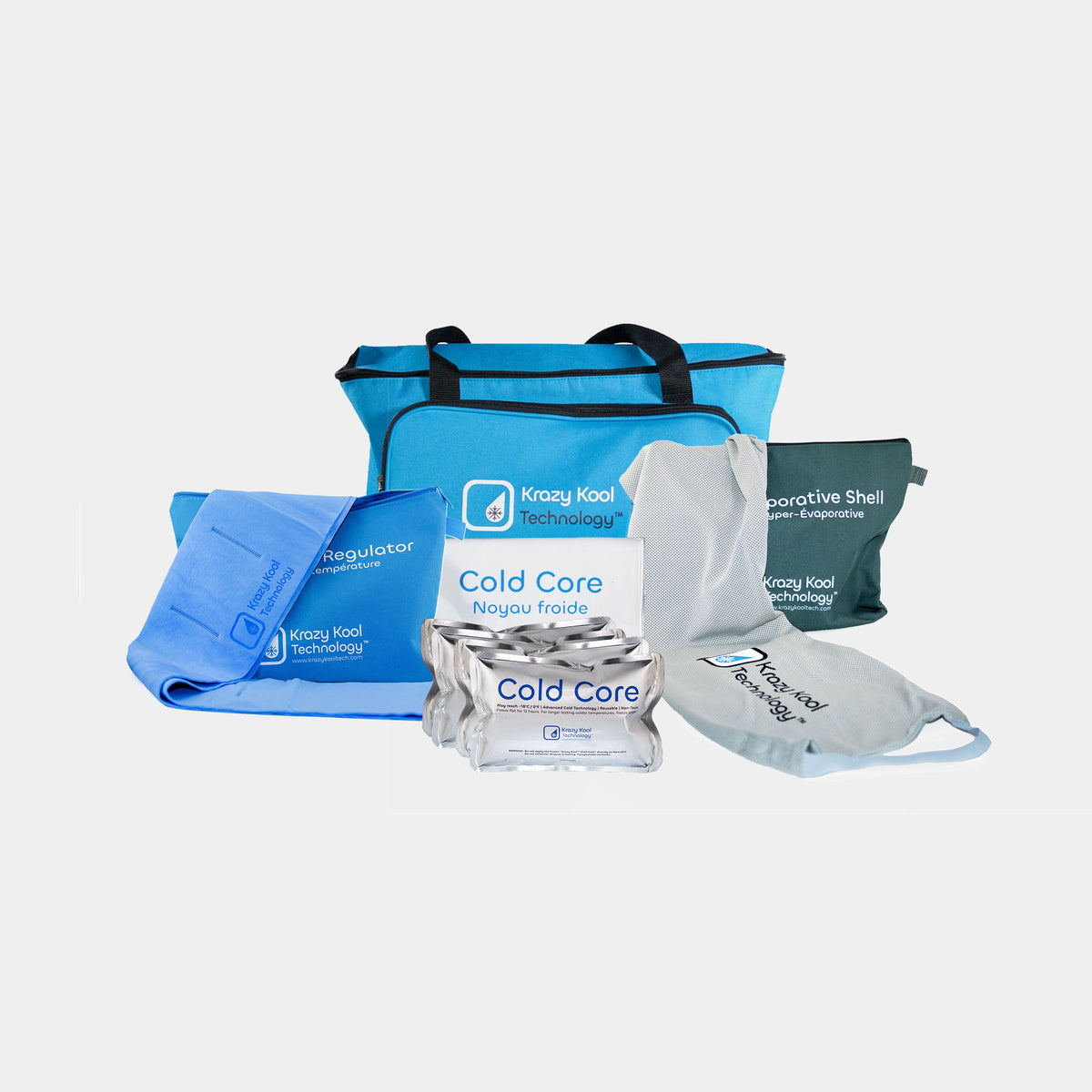
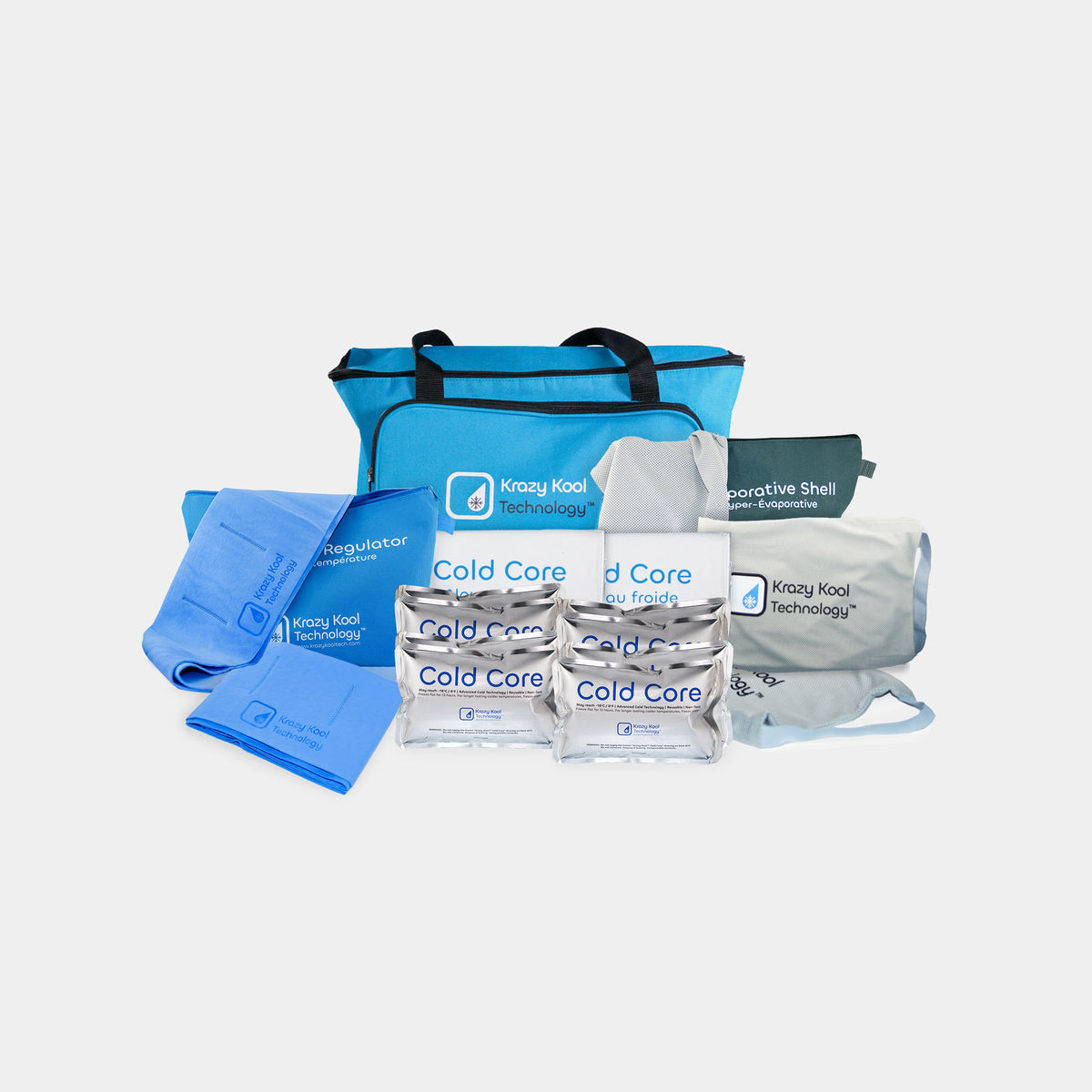
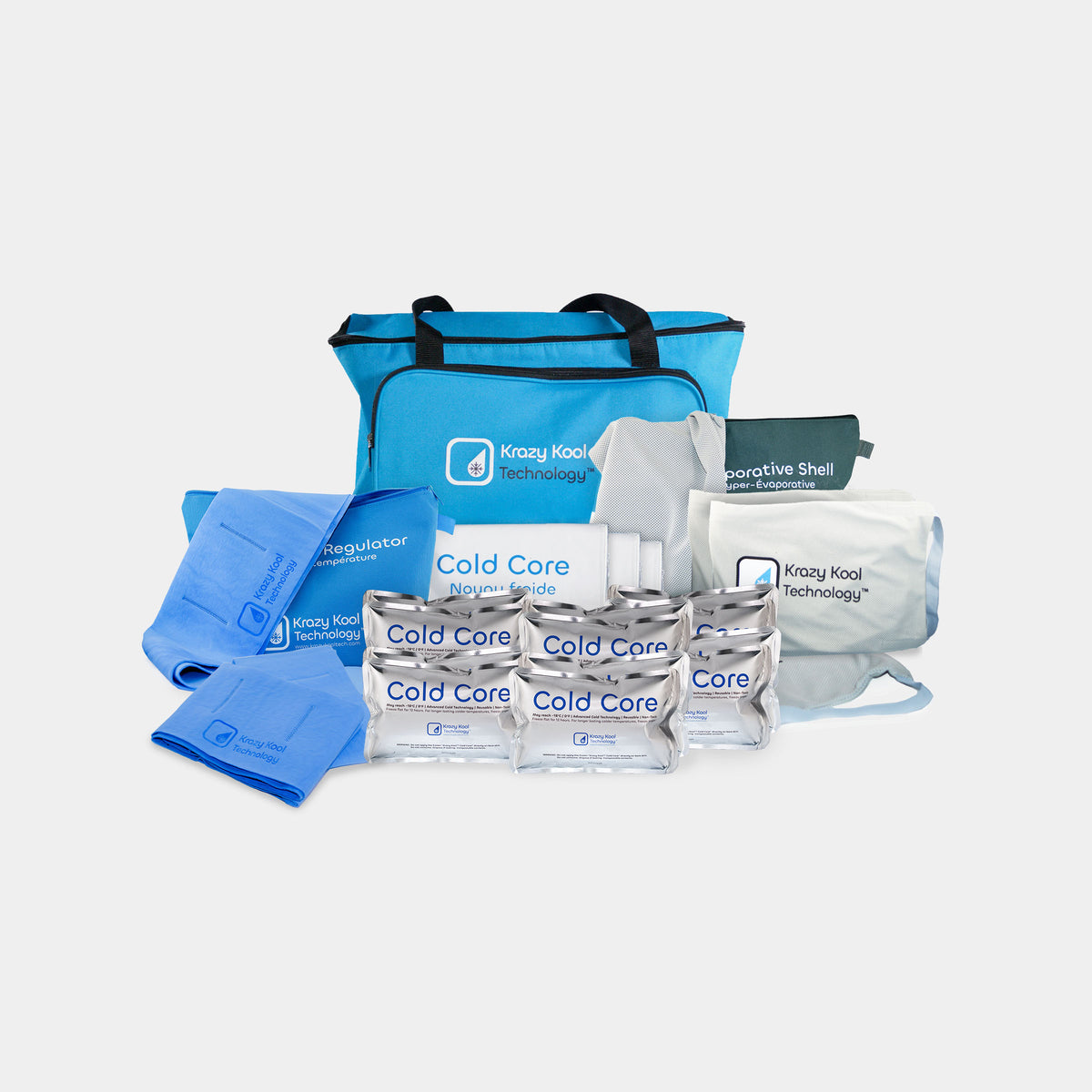


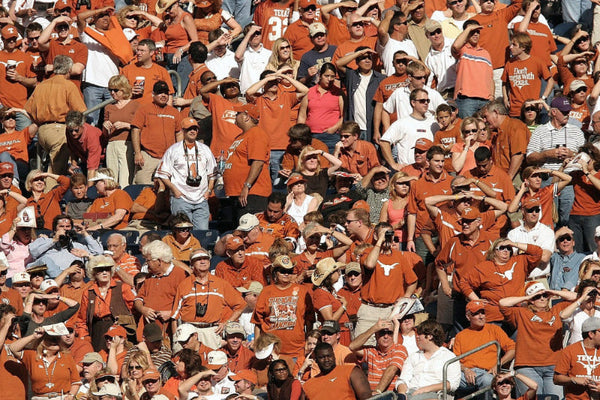
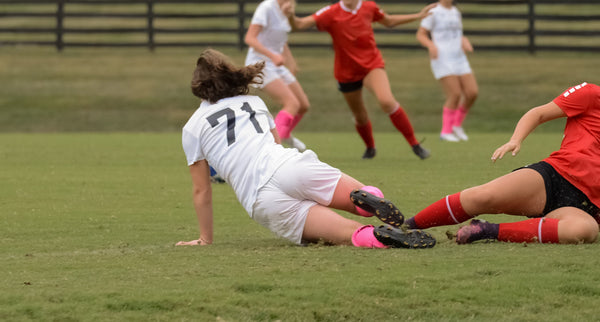

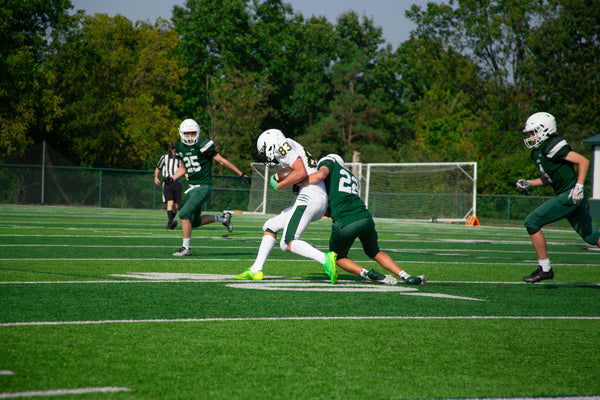



0 comments